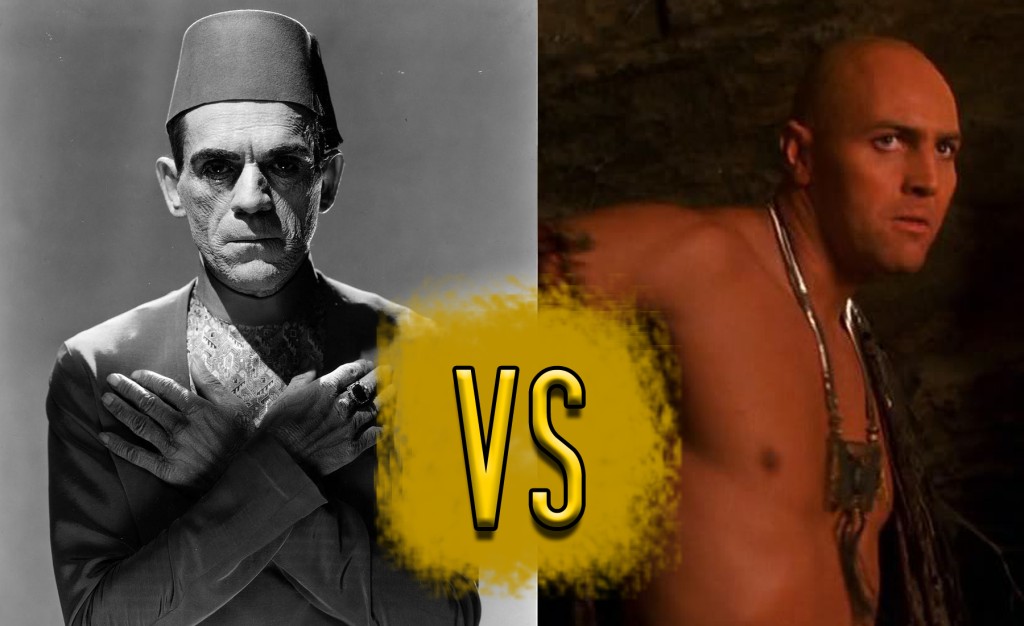
Not many people remember this “Royal Historian of Oz” as his books have been in the public domain since 1956. This week, we’re taking a look at the man behind a story that has been given several cinematic treatments and endures in popular culture to this very day.
Born in Chittenango, New York on May 15, 1856, Lyman Frank Baum started writing at an early age due in part to a fascination with the printing process. He and his younger brother, Henry, produced a series of magazines called The Rose Lawn Journal using a cheap printing press purchased by their father.
Baum would go on to take many different jobs such as stamp dealing, poultry breeding, selling fireworks and even running a theatrical company
It wasn’t until 1891, after the failure of a newspaper he edited while living in South Dakota, that he became a writer by trade though he still worked other jobs to support his family.
His first children’s book was Mother Goose in Prose, a collection of Mother Goose stories, that met with enough success to allow him to quit a traveling salesman position and opened the door to future publishing opportunities.
He would later partner up with illustrator W. W. Denslow to publish a book of nonsense poetry titled Father Goose, His Book, which became the best-selling children’s book of 1899.
In 1900, Baum and Denslow would publish The Wonderful Wizard of Oz to much critical and financial success, as it became the best-selling children’s book for two years.
Although Baum had not planned on writing any sequels he received several letters from children who enjoyed the book, asking for more stories set in the Land of Oz
This ultimately led Baum to write thirteen sequels to the story and many more sequels were commissioned by his publisher after his death.
Two years after the first book was published, Baum and Denslow teamed up with director Julian Mitchell and composer Paul Tietjens to produce a stage musical based on the book, the title shortened to The Wizard of Oz.
The musical opened in Chicago in 1902 and enjoyed a 293 stage night run in 1903. This particular adaptation was geared towards adult audiences, with characters such as The Wicked Witch of the West being omitted.
While it’s not known how much control Baum had over the stage play, he continued to write more Oz books with the hopes of producing stage adaptations, many of which were not able to replicate the success of the first.
Baum would go on to write several books outside of the Oz series, often under different pseudonyms at the request of his publisher, the most famous of which was Edith Van Dyne
He also went about producing his own film adaptations with the founding of The Oz Film Manufacturing Company in 1914. The company did not last for very long, producing only five features and five shorts, with only four of those features surviving today.
Much of the stress Baum endured in his various ventures into stage and film adaptations eventually took their toll, with the author suffering a stroke on May 5, 1919 and dying quietly the following day. His final book, Glenda of Oz, was published the following year, with other authors taking over the series.
That was but a brief look at the life of a man whose imagination, passion and ingenuity took him to many different places. His work enthralled many fans and inspired many writers such as Gore Vidal, Ray Bradbury and Terry Brooks.
If there is one thing that his life can teach us, it’s that one needs the drive and passion to chase after their dreams in order to obtain them, even if it means getting through a lot of rough patches.



